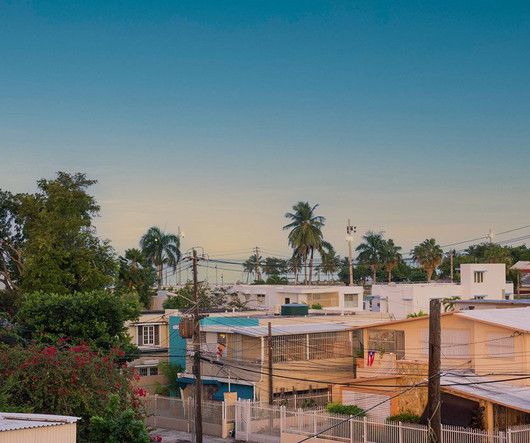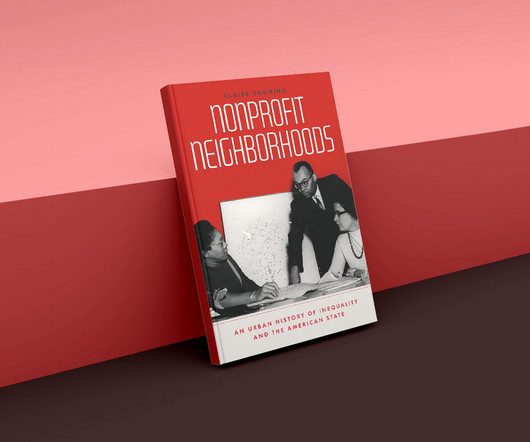From Food Pantry to Urban Farming: Food Justice Lessons from Camden
NonProfit Quarterly
DECEMBER 8, 2022
While the answers remain complicated, we must use our collective power and community agency to address our needs. A Camden community vision emerges. Census figures confirm that Camden is a poor city (with a poverty rate of 33.6 However, persistent poverty plagues the city’s residents. percent) and overwhelming BIPOC (50.5
















Let's personalize your content